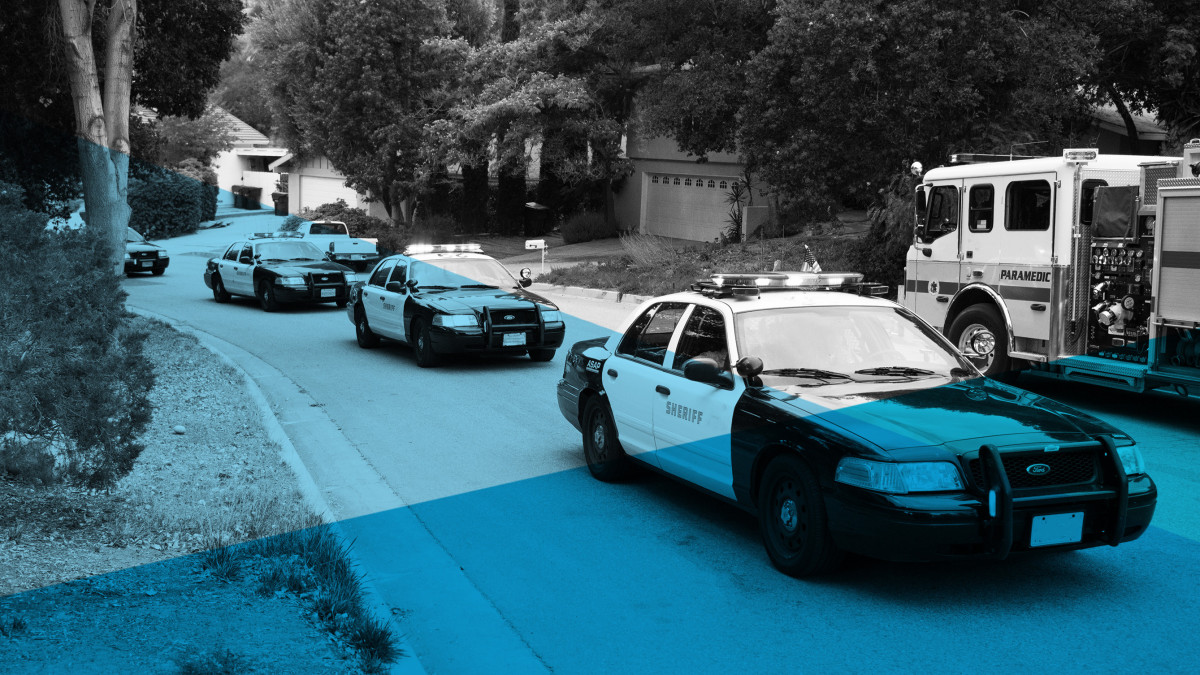
Are You Too Forceful of a Leader?
Team dynamics we don’t usually talk about, Part 2
In 1992, there was rioting in Los Angeles, also known as the Rodney King riots. I was a lieutenant with the Los Angeles County Sheriff’s Department, assigned as a platoon commander, and was dispatched to help halt violence, arrest looters and restore order. My platoon consisted of about 68 personnel divided four-to-a-car among 17 police cars and one prisoner transport bus. To keep the platoon together, we utilized a technique known as “convoy driving.”
Under normal circumstances, emergency responders try to get safely to the scene as quickly as possible. When responding to the scene of an emergency as a group, however, there is an added requirement: You need your responders to arrive together and ready to work as a team.
For church leaders, too, getting to the desired destination together and ready to work is crucial. It can mean the difference between success and failure in many a venture.
Watch your pace
It is the leader’s responsibility to set a measured pace.
Some time ago, as I read through Exodus, I was struck by the fact that God could have expedited Moses’ arrival in the Promised Land by having him take a more direct route—and simply letting the Israelites try to keep up as best they could. He could have said, “Meet Me at the Promised Land.”
But God had other plans. He sent Moses and the Israelites on a longer route and seems to have taken great pains to have them leave Egypt and arrive at their destination together.
As a leader, I have found myself impatient at times with those who are not keeping up with me. Have you? Typically, we ask ourselves what is wrong with those we are leading, and we fail to consider whether the problem might be our own pace.
Emergency responders often have difficulty keeping a convoy together too. The lead car’s commander must remember that it is his or her responsibility; the pace must be scaled back to only as fast as the convoy can go while remaining together. If the lead car moves too quickly, those in the back must either drive recklessly or simply give up in frustration and watch the convoy fall apart.
Remember playing “crack the whip,” the outdoor children's game where the person at the front of line determines where the group goes and how hard the back of the group must hold on? That’s what it feels like to be at the rear of a leader who is moving too quickly. Similarly, unnecessary twists and turns can make following impossible. The more direct the route, the easier it is to follow.
I have spoken with many church leaders—pastors, staff and elders alike—who have become frustrated by the failure of others to keep up with their desired pace of change. I, too, have complained about the slowness of some major changes, and I’m sure others have complained about my failures to keep up with their desired changes.
It is the leader’s responsibility to set a measured pace. If followers cannot keep up, the solution is for the leader to slow down, not to berate his or followers. (I’m not sure we can truthfully say we are leading if our followers cannot keep up.)
Here are some questions to help jumpstart your team’s conversation about convoy driving and church leadership:
- Are we as leaders going toward a well-defined destination?
- Is our route as direct as possible? What twists and turns have hurt, or might hurt, our togetherness? Any lessons learned from past journeys?
- Are there destinations, decisions or changes where arriving together might not be so important?
- Who sets the pace in the lead car? Should it always be the same person?
- Consider one “convoy” already in-process: Who on our team (staff, leadership team or congregation) is struggling to keep up? What actions might we take to change that reality?
- How might we differentiate between those who are struggling or lagging behind and those who will not follow?
I must admit that it was quite the sight for 17 police cars and a big ol’ bus to show up together, lights flashing and sirens blaring, at the scene of the rioting. Judging from all the looters fleeing from the scene, it was much more impressive than if simply I, the leader, had pulled up to the scene alone.
What might it be like for our leadership teams and congregations to journey together and arrive together, ready to work on the ministries to which God has called us?
Read Parts 1 and 3 of this series, "Do You Suffer From the Bobble-Head Phenomenon?" and "The Best Leaders Take Time to Sharpen Their Blades."
Photo courtesy Chris Miller Photography
Send a Response
Share your thoughts with the author.